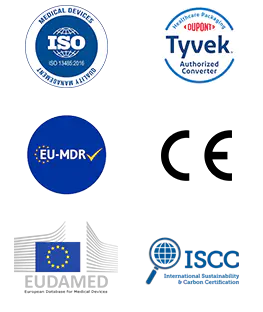In healthcare and laboratory environments, the importance of maintaining a reliable sterile barrier system cannot be overstated. With the growing emphasis on hygiene, safety, and workflow optimization, professionals are reevaluating the tools they use to protect instruments during sterilization and storage. In recent years, many have started to explore solutions like the Hopeway AMD Sterilization Self Sealing Pouch, a packaging option designed for precision, reliability, and adaptability within modern sterile processing departments.
Sterilization pouches play a crucial role in infection control. They create a physical and microbial barrier while allowing sterilizing agents to reach the contents effectively. However, as medical devices and instruments evolve, so too must the packaging that safeguards them. The shift toward self-sealing pouches reflects an industry-wide movement toward efficiency and consistency—key factors in today's health service and research operations.
Content
- 1 The Growing Need for Reliable Sterile Packaging
- 2 Is Hopeway AMD Sterilization Self Sealing Pouch the Key to More Efficient Sterile Processing?
- 3 What Sets Hopeway AMD Sterilization Self Sealing Pouch Apart from Traditional Sterilization Bags?
- 4 Industry Perspective: Trends in Sterile Packaging
- 5 A Balanced Approach to Sterile Storage
- 6 Looking Ahead: The Future of Sterilization Packaging
The Growing Need for Reliable Sterile Packaging
Healthcare professionals face increasing demands to uphold sterilization standards while optimizing time and cost. With the rise in minimally invasive procedures and the expansion of outpatient facilities, there's a constant need for packaging that can ensure both durability and convenience. Traditional sterilization bags often require additional steps such as heat sealing or the use of external sealing equipment, which can slow down the workflow and introduce variability.
In contrast, self-sealing pouches provide a straightforward alternative. They eliminate the need for specialized sealing devices, reducing handling time and minimizing the possibility of human error. This shift aligns with a broader trend in healthcare product design—simplifying routine tasks while maintaining compliance with safety protocols.
To understand this better, consider the following comparison:
|
Aspect |
Traditional Sterilization Bags |
Self-Sealing Pouches |
|
Sealing Method |
Heat sealing machine required |
Integrated self-sealing strip |
|
Equipment Dependency |
High |
Low |
|
User Consistency |
Variable |
More uniform |
|
Workflow Speed |
Slower |
Faster |
|
Application Range |
General |
Broad (medical, dental, lab) |
Is Hopeway AMD Sterilization Self Sealing Pouch the Key to More Efficient Sterile Processing?
Efficiency in sterile processing extends beyond sterilization cycles—it encompasses every phase, from packaging to final storage. Many facilities have begun to integrate self-sealing pouch systems as part of their lean management initiatives. The Sterilization Self Sealing Pouch aligns with this shift by offering a balance between operational ease and protective reliability.
Each pouch provides a uniform sealing mechanism that ensures reproducible results. This reliability supports quality assurance measures, particularly in facilities where traceability and compliance are essential.
Advantages in Day-to-Day Operations
- Time Efficiency:In busy central sterile departments, saving even a few seconds per instrument set can translate into significant productivity gains over time. The self-sealing function eliminates the need to wait for machines to warm up or cool down, offering instant readiness.
- User Safety and Convenience:The process of manual heat sealing sometimes exposes operators to burns or mechanical hazards. Self-sealing designs minimize physical contact with heated surfaces, contributing to a safer workplace environment.
- Adaptability:These pouches are compatible with common sterilization methods such as steam and ethylene oxide, supporting a variety of applications. This flexibility allows facilities to maintain a single packaging standard across different sterilization systems.
- Visual Assurance:Many pouches include color-changing indicators that assist in verifying exposure to sterilization cycles. This provides an extra layer of confidence without adding complexity.
Such features are not about superiority but rather about suitability—meeting the evolving demands of sterilization management with practical and dependable tools.
What Sets Hopeway AMD Sterilization Self Sealing Pouch Apart from Traditional Sterilization Bags?
The distinction lies not merely in design, but in the integration of user-centered features that enhance the sterilization workflow. While both traditional and self-sealing bags aim to maintain sterility, the latter introduces a more consistent sealing process and simplified handling. Professionals often note that such innovations align with the broader goal of standardizing sterilization outcomes across diverse healthcare and laboratory environments.
Design Considerations
The structure of the self-sealing pouch typically includes a medical-grade paper layer and a transparent film. This dual-material approach allows steam or gas to penetrate while maintaining visibility of the contents. The self-adhesive closure strip ensures the seal remains intact without requiring extra devices, and the peel-open feature supports aseptic presentation during use.
Additionally, the pouch's design minimizes the risk of fiber tear and particulate generation during opening—an important consideration in sterile fields. For packaging engineers and quality managers, this represents an efficient balance between material strength and ease of handling.
Sustainability and Compliance
Modern healthcare procurement decisions increasingly factor in sustainability and regulatory alignment. Self-sealing pouches often feature materials that support responsible disposal and comply with environmental standards. Moreover, consistent sealing and traceable indicator systems help facilities maintain documentation required for audits and quality checks.
In an era where environmental impact and regulatory compliance are closely monitored, such packaging solutions contribute to responsible practice without introducing unnecessary complexity.
Industry Perspective: Trends in Sterile Packaging
Across the medical packaging sector, there is a growing preference for solutions that combine sterility assurance, usability, and compliance. Automation and digital tracking systems are also reshaping how sterile packaging integrates into broader supply chain management. As hospitals and laboratories digitize their sterilization records, packaging that supports clear labeling, traceability, and consistency becomes increasingly valuable.
Analysts observe several ongoing developments in the sterile packaging domain:
- Increased adoption of single-use sterilization packaging for infection prevention.
- Integration of visual indicators and labeling systems to support digital traceability.
- Focus on ergonomic design to reduce repetitive strain among sterilization technicians.
- Transition toward environmentally mindful materials that maintain performance standards.
These trends demonstrate how sterilization packaging is evolving from a purely functional product into an integral component of efficient healthcare delivery.
A Balanced Approach to Sterile Storage
Adopting new packaging formats like the Hopeway AMD Sterilization Self Sealing Pouch is not merely a matter of convenience—it reflects an operational strategy. Institutions seeking to optimize resource use, maintain consistency, and reduce procedural variability often find self-sealing systems a logical step forward.
Still, decision-making in healthcare supply management involves multiple considerations, including compatibility with existing sterilizers, staff training, and cost efficiency. Self-sealing pouches may not replace every traditional method, but they offer a practical alternative where flexibility and reliability are key priorities.
Looking Ahead: The Future of Sterilization Packaging
As healthcare systems continue to evolve, so will the expectations surrounding sterilization packaging. The focus will likely shift toward smarter materials, traceable integration with digital systems, and enhanced sustainability. Manufacturers are investing in research to refine material properties—balancing strength, permeability, and clarity while minimizing environmental footprint.
Sterilization packaging, once viewed as a simple consumable, now plays a strategic role in infection control and quality assurance. It bridges the gap between sterile processing and patient safety, reinforcing the broader mission of healthcare efficiency.
The growing preference for self-sealing sterilization pouches signifies a meaningful change in how professionals view sterile processing. By embracing such packaging innovations, healthcare and laboratory professionals continue to advance the standards of infection control—one sealed pouch at a time.

 English
English Français
Français Deutsch
Deutsch Nederlands
Nederlands

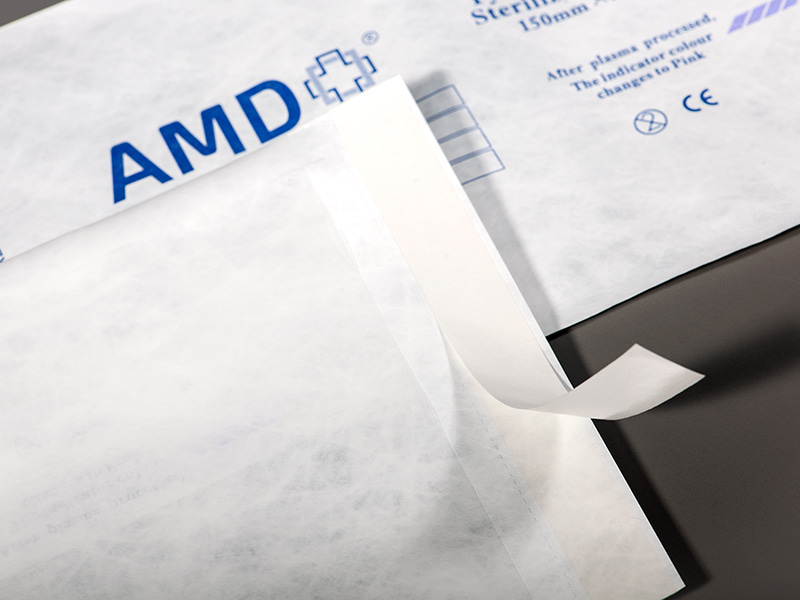
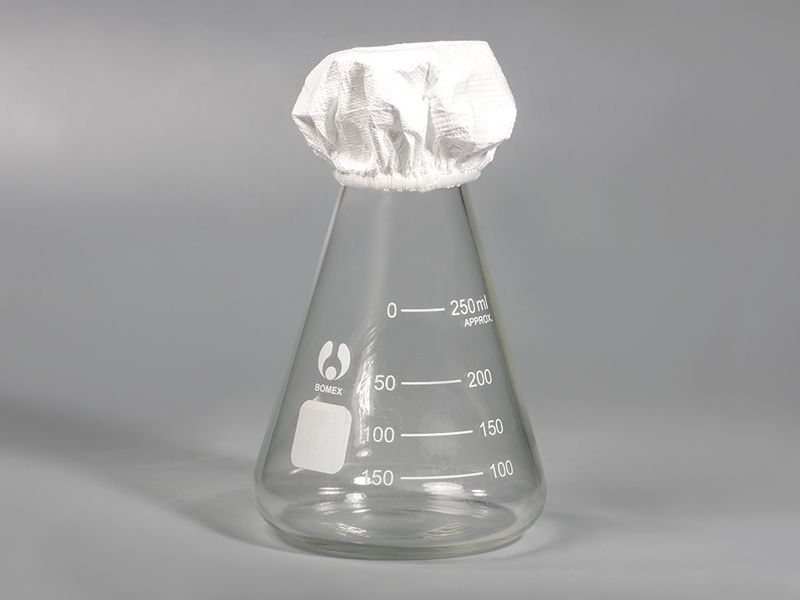



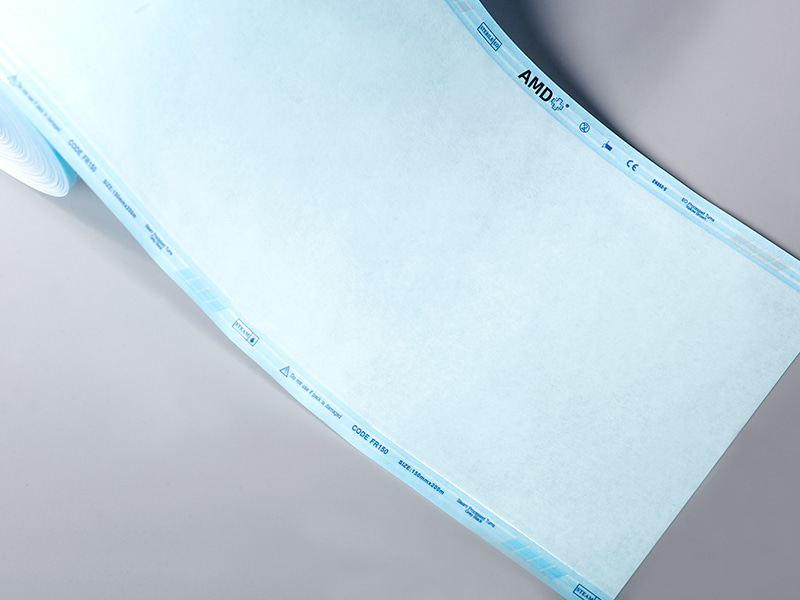
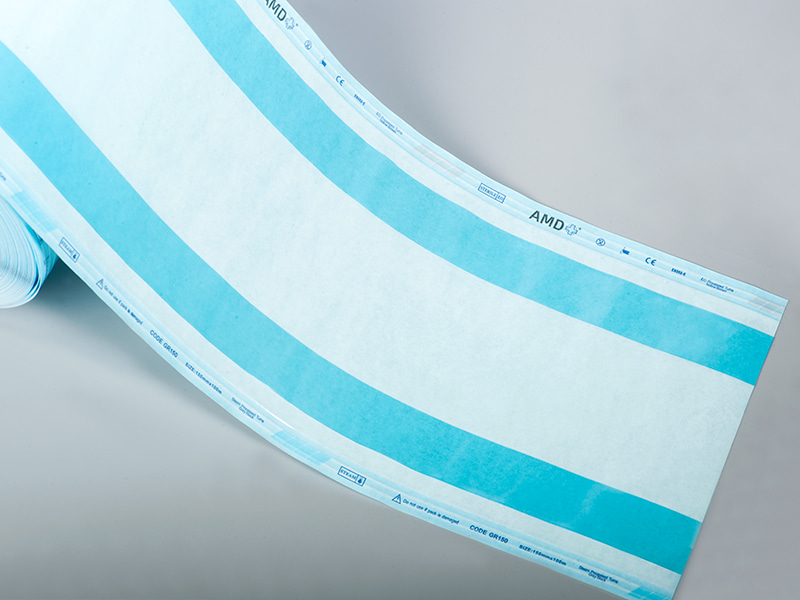





 ‘s-Gravenweg 542, 3065SG RotterdamThe Netherlands
‘s-Gravenweg 542, 3065SG RotterdamThe Netherlands
 +31 (0)10 254 28 08
+31 (0)10 254 28 08
